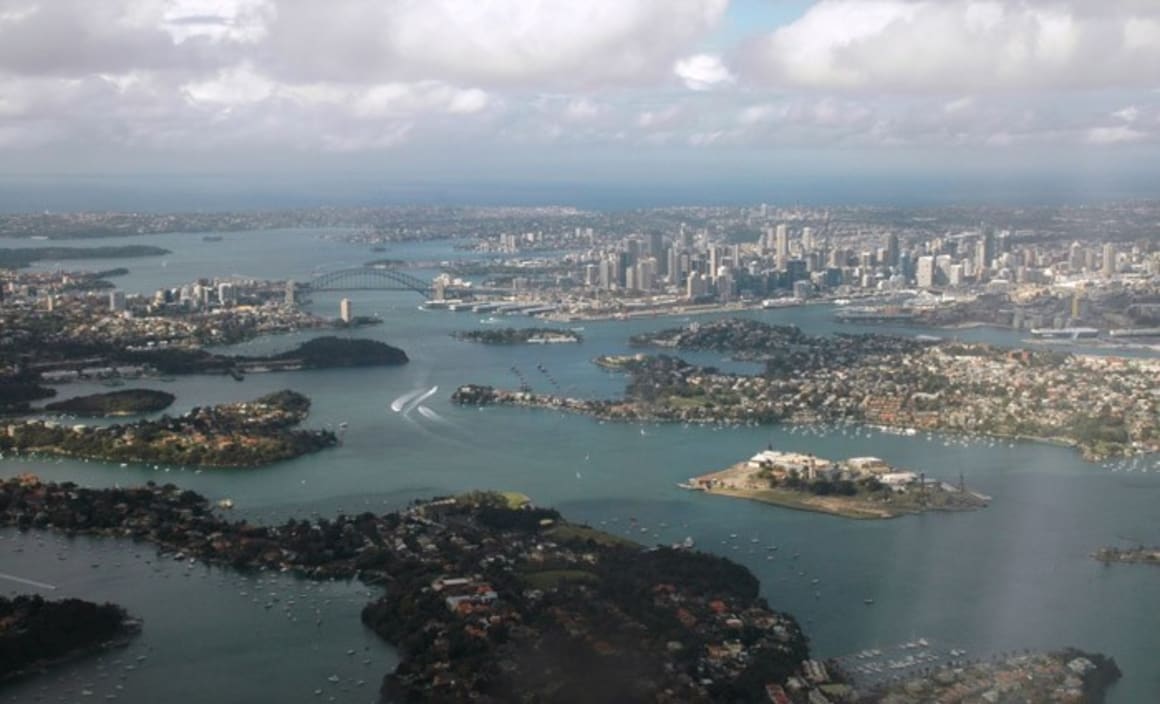Urban Taskforce establishes ‘Council Watch’ to help purchasers of new homes

GUEST OBSERVER
The Urban Taskforce has established ‘Council Watch’ that will transparently measure how critical councils are performing in relation to housing supply and the effective processing of planning applications.
Increasingly it is councils that are the regulators of the planning system that determine how long it takes to get approvals for major housing projects.
With the NSW Government moving away from amalgamating councils that would have created more efficient structures we believe we will need to monitor the performance of key metropolitan Councils in Sydney. The Urban Taskforce has therefore set up ‘Council Watch’ to actively monitor the most critical councils across Sydney.
We are doing this to protect consumers of new housing from excessive purchase prices of new homes that could be inflated by increased council levies and extended planning processes that increase holding costs that get passed on to the end purchaser.
High on our list will be council policies that may impact on the supply of new housing which the NSW Government says is a priority. With the state government lifting the cap on infrastructure levies, we believe bullish councils are likely to add up to $50,000 to the cost of a home. The growing trend to add levies to new housing to contribute a percentage as affordable homes back to the council will also increase the cost of new housing.
We have polled our members to identify the top 10 councils that have significant potential for large numbers of new homes and where planning policies will be critical to ensuring maximum numbers of new homes are approved and built.
The top 10 councils are:
1 Blacktown
2 Camden
4 The Hills
5 Liverpool
6 North Sydney
7 Parramatta
8 Penrith
9 Ryde
10 City of Sydney
The Urban Taskforce believes that transparency of decision making is very important and that this must include the logic behind actual policy decisions. Willoughby City Council, for instance developed a new city centre planning policy based on economic advice by private consultants.
Clearly the economic advice underpins all the planning decisions but despite submitting a Government Information Public Access (GIPA) request council has refused to make the economic reasoning for policies that are now stopping housing supply public.
We are concerned that many councils seem to base policies on economic reports but then refuse to make these reports public. Council Watch will be high-lighting where we believe these reports should be public.
A second group of councils that are important to watch are:
1 Bayside
2 Campbelltown
3 Cumberland
4 Fairfield
5 Northern Beaches
7 Wollondilly
A third group that may drop out of the Council Watch process over time but will be included initially are:
1 Georges River
2 Inner West
3 Ku-ring-gai 4 Lane Cove
5 Randwick
6 Woollahra
7 Hornsby
8 Waverley
9 Sutherland
10 Burwood
Chris Johnson is chief executive officer of property development industry group Urban Taskforce and can be contacted here.